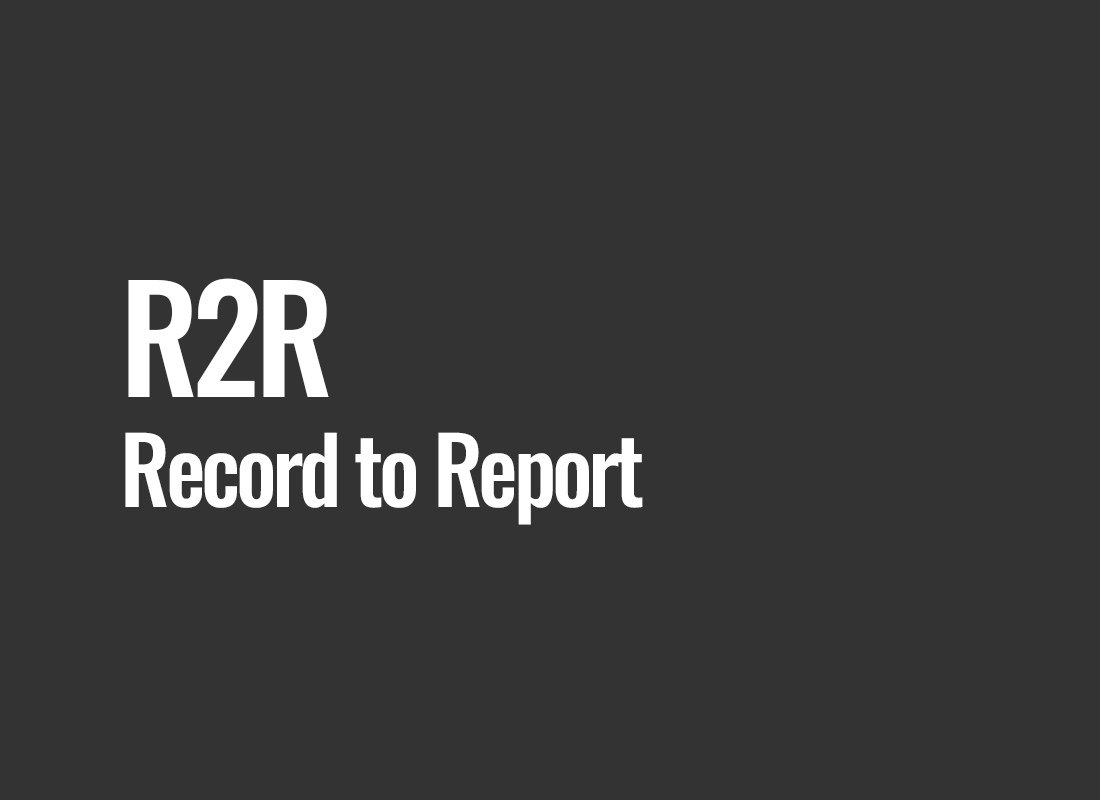R2R (Record to Report)
In an era where data becomes a crucial asset for every organization, processes related to its collection, analysis, and reporting take on special significance. In this context, the concept of R2R, or Record to Report, emerges as an integral part of business strategies, especially in the areas of finance, IT, e-commerce, and marketing. R2R is not just an acronym; it represents a paradigm shift in the approach to data processing, bringing tangible benefits to enterprises.
Traditional methods of collecting and processing data, laden with the risk of errors, slowness, and inefficiency, are now giving way to advanced technologies, including R2R. It is not merely a tool but also a philosophy that emphasizes continuous monitoring, analysis, and reporting of financial data, positively influencing organizational decision-making processes.
R2R integrates various aspects of a company's operations, enabling a seamless flow of information from transaction recording to the generation of comprehensive reports. This approach, based on data centralization and process automation, allows companies to focus on strategic aspects of their operations rather than spending time on manual information processing.
Impact of R2R on Business Processes
In the context of data management evolution, Record to Report (R2R) plays a crucial role in transforming business processes. Traditional data collection methods are replaced by advanced technologies that eliminate the risk of errors and improve efficiency. R2R becomes a central point, integrating various aspects of business operations, enabling a smooth flow of information from transaction recording to the generation of comprehensive reports.
Automation and Process Optimization
One of the key elements of R2R is process automation. This enables companies to concentrate on strategic tasks instead of engaging in time-consuming and routine work. Processes such as transaction recording, financial report generation, and data analysis become more efficient, translating into faster operations and reduced operational costs.
Data Integration and Information Centralization
R2R acts as a tool that integrates data from various sources within an organization. This approach eliminates information isolation and allows for comprehensive analysis, particularly crucial for global enterprises with multiple branches. Information centralization facilitates faster and more precise report generation, supporting decision-making processes at every level of the organization.
Risk Management and Regulatory Compliance
The introduction of R2R also has a significant impact on risk management and regulatory compliance. Process automation enables continuous monitoring of transactions, identification of potential threats, and generation of reports compliant with regulatory requirements. This, in turn, minimizes the risk of non-compliance and may contribute to improving the company's reputation in terms of regulatory compliance.
Examples
E-commerce Trading Company
Consider an e-commerce trading company facing the challenge of a high transaction volume. The implementation of R2R allowed for the automatic recording of transactions, real-time monitoring of inventory status, and the generation of sales reports. This not only expedited processes but also enabled more precise market analyses, leading to more effective marketing strategies.
IT Sector Technology Corporation
In the case of a technology corporation in the IT sector, R2R became a key tool for consolidating financial data from various branches and subsidiaries. Information centralization contributed to faster decision-making at the corporate level and optimized processes related to financial audits.
Marketing Agency
In the marketing industry, an agency handling campaigns for multiple clients often deals with a vast amount of data regarding expenditures, campaign results, and ROI analysis. R2R allows for the consolidation of this data, resulting in rapid report generation for clients, providing them with clear information on the effectiveness of advertising investments.
Summary
In conclusion, it is worth emphasizing that R2R is not just a tool but a strategy that revolutionizes how companies manage financial data. Operational efficiency, process optimization, and an increased ability to make precise business decisions are just the tip of the iceberg of benefits that come with Record to Report. Nevertheless, the implementation of R2R may face challenges, such as adapting employees to changes or integrating with existing systems. However, it is crucial to understand that these challenges are a small cost compared to the long-term benefits that R2R brings.




